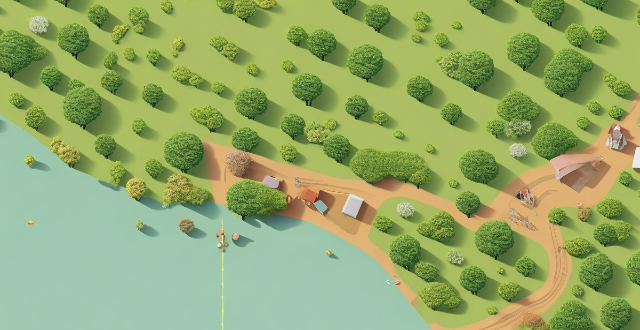Climate adaptation is a proactive approach aimed at minimizing harm and exploiting the benefits of global changes by adjusting to expected impacts, such as protecting ecosystems and human health, avoiding costly damages, and preserving cultural practices. It involves structural adjustments like infrastructure reinforcement and water management, policy integration, public education, technological advancements in early warning systems, and the promotion of green infrastructure. Adaptation strategies are crucial for building community resilience, ensuring economic sustainability, and fostering long-term development.

Climate Adaptation: An Essential Approach to Addressing Global Changes
Introduction
Climate adaptation is a proactive approach that involves adjusting to the expected impacts of climate change in order to minimize harm and exploit potential benefits. It's a critical strategy for reducing vulnerabilities and building resilience in the face of global warming and its associated effects.
Why Climate Adaptation is Crucial
Mitigating Adverse Effects
- Protection of Ecosystems: Adaptation helps protect natural habitats and biodiversity from the adverse effects of changing climate patterns.
- Human Health and Well-being: It reduces risks to human health by preparing for heat waves, extreme weather events, and changes in disease vectors.
Economic Benefits
- Avoiding Costly Damages: Proper adaptation can prevent costly damages to infrastructure, agriculture, and other sectors sensitive to climate variations.
- Sustainable Development: By integrating adaptation strategies into development plans, countries can ensure long-term economic growth and sustainability.
Social and Cultural Considerations
- Community Resilience: Enhancing community preparedness and response capabilities to climate-related stresses.
- Cultural Preservation: For indigenous communities and cultural practices tied to specific environmental conditions, adaptation can help preserve traditions and ways of life.
Strategies for Climate Adaptation
Structural Adjustments
- Infrastructure Reinforcement: Upgrading buildings, roads, and bridges to withstand extreme weather conditions.
- Water Management: Improving water storage and distribution systems to cope with changes in precipitation patterns.
Policy and Planning
- Integrated Planning: Incorporating climate adaptation into urban planning, emergency management, and national security strategies.
- Education and Awareness: Raising public awareness about climate change impacts and adaptation strategies through education programs.
Technological Innovations
- Early Warning Systems: Developing advanced technologies for predicting severe weather events and disseminating alerts to vulnerable populations.
- Green Infrastructure: Using natural systems like wetlands and green roofs to manage flood waters and reduce urban heat island effects.
Conclusion
Climate adaptation is not an option but a necessity for surviving and thriving in a changing climate. By implementing adaptive measures, we can build more resilient societies, safeguard the environment, and ensure sustainable development for future generations. The time to act is now—before the impacts of climate change become even more challenging to manage.